fNIRS Functional Near Infrared Optical Brain Imaging
Complete Functional Near Infrared Brain Imaging Systems
Measure oxygen level changes in the prefrontal cortex of human subjects.
Eliminates many of the drawbacks of fMRI
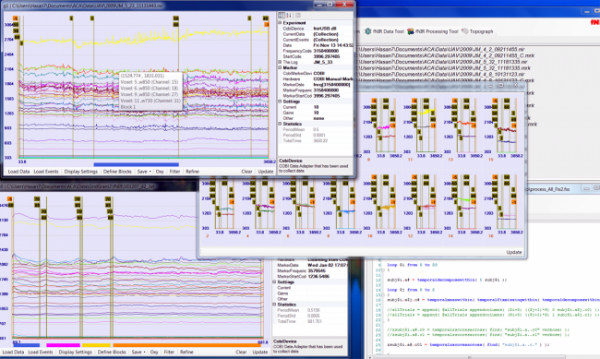
fNIRS functional near infrared optical imaging systems
An fNIRS System provides researchers with real-time monitoring of tissue oxygenation in the brain as subjects take tests, perform tasks, view advertisements, experience ergonomic layouts, or receive stimulation. It allows researchers to quantitatively assess brain functions—such as attention, memory, planning, and problem solving—while individuals perform cognitive tasks. Monitor cognitive state of the subject in natural environments.
Easily sync with stimuli presentation systems and integrate with other physiological and neurobehavioral measures that assess human brain activity, including eye tracking, pupil reflex, respiration, and electrodermal activity.
Wired and wireless solutions available for in lab or real world recording—compare systems & software features: fNIRS Solutions.
Try fNIRS tools in the free AcqKnowledge Demo
See More...Hardware Packages | fNIRS Functional Near Infrared Optical Brain Imaging
Hardware Bundles are complete solutions for the specified application. Choose your preferred platform and bundle, then click "Request Pricing" to request an estimate, add/remove items, or complete purchase. If you have questions about specific items, click through to the product web page for details and specifications, or contact your Local Sales contact.
Wired
-
fNIR203 System
Wired | fNIRS Functional Near Infrared Optical Brain Imaging
fNIR imager, Sensors, and fNIRSoft standard software
fNIR203 System
- 1 x fNIRS Imaging Systems
Wireless
-
MedelOpt fNIRS Mobility + Research Ring
Wireless | fNIRS Functional Near Infrared Optical Brain Imaging
MedelOpt® Mobility system provides whole-head functional neuroimaging (fNIRS) with electroencephalogram (EEG) for real-time noninvasive measurement and recording of brain activity. The Research Ring enables the capture of high-quality EDA, PPG, Body Temp, and/or ECG data on a single, small, user-friendly device.
-
fNIR303M System (includes Tablet)
Wireless | fNIRS Functional Near Infrared Optical Brain Imaging
Wireless fNIR imager, Sensor, and software plus Tablet
-
fNIR103M System
Wireless | fNIRS Functional Near Infrared Optical Brain Imaging
Wireless fNIR Imager, sensor, and fNIRSoft standard software
MedelOpt fNIRS Mobility + Research Ring
- 1 x Unknown Product (Array)
- 1 x Research Ring
fNIR303M System (includes Tablet)
- 1 x fNIRS Mobile Imaging Systems
fNIR103M System
- 1 x fNIRS Mobile Imaging Systems
Details
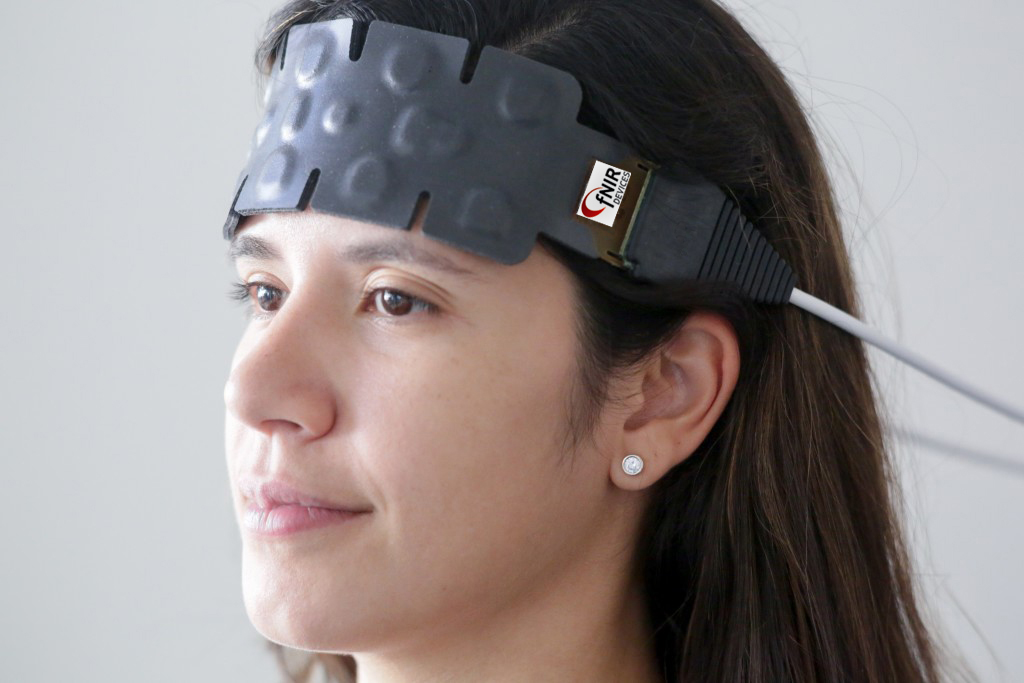
About fNIRS Technology
Continuous Wave fNIRS imaging offers researchers a portable functional near-infrared (fNIR) imaging research tool capable of monitoring brain’s hemodynamics and thereby the cognitive state of the subject in natural environments. fNIRS technology employs specific wavelengths in an optical frequency window which can easily pass through a few centimeters for most tissue, and allow monitoring blood oxygenation changes but monitoring back-scattered light intensity. The relative changes of light intensity across time are due to changes in oxy- and deoxy-hemoglobin and provides information about neural activity.
- fNIRS FAQ—answers to frequently asked questions
- fNIRS articles (PDF) and Citations
- fNIRS Features & Benefits Brochure
- fNIRS Webinars On Demand
- fNIRS | Studying Cognitive Function
- fNIRS | How to Get High-Quality Optical Brain Imaging Data
- fNIRS Applications and Solutions
- fNIRS for Mental Workload Assessment
- Multimodal Workload Measurements | Combining fNIRS, ECG/HRV, Eye Tracking & Stimulus Presentation
- How to Add NIRS Labs for Brain Function and Muscle Oxygenation
- Introduction to fNIRS Technology video article from Journal of Visualized Experiments
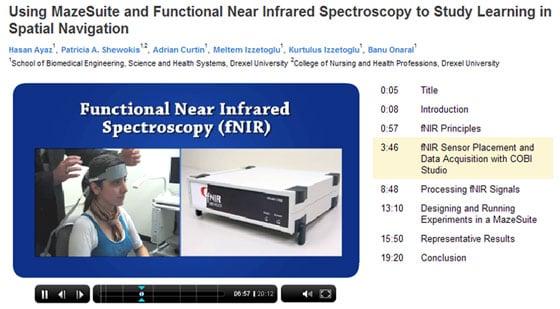
Ayaz, H., Shewokis, P. A., Curtin, A., Izzetoglu, M., Izzetoglu, K., Onaral, B. Using MazeSuite and Functional Near Infrared Spectroscopy to Study Learning in Spatial Navigation. J. Vis. Exp. (56), e 3443, DOI: 10.3791/3443 (2011).
Comparison of fNIRS with other Neuroimaging Modalities
-
Conventional Neuroimaging Techniques
- Techniques such as functional magnetic resonance imaging (fMRI) and positron emission tomography (PET) have been widely used for functional brain studies in humans.
- These techniques are expensive, highly sensitive to motion artifacts, confine the participants to restricted positions, and may expose individuals to potentially harmful materials (PET) or loud noises (fMRI).
- These characteristics make these imaging modalities unsuitable for many uses, including the monitoring of ongoing cognitive activity under routine working conditions.
-
fNIRS Neuroimaging Solution for Natural Environments
- fNIRS is the only stand-alone and field-deployable technology able to determine localized brain activity.
- fNIRS can be readily integrated with other physiological and neurobehavioral measures that assess human brain activity, including eye tracking, pupil reflex, respiration and electrodermal activity. fNIRS can also complement other techniques.
- Studies have shown a positive correlation between a participant’s performance and fNIRS responses as a function of task load.
- It has also been shown that fNIRS can effectively monitor attention and working memory in real-life situations.
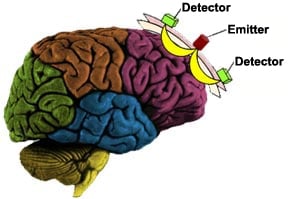
fNIRS is a powerful near-infrared spectroscopy imaging tool for in-lab cognitive tests and neuromarketing. This technique measures NIR light absorbance in blood of hemoglobin with and without oxygen and provides information about ongoing brain activity similar to functional MRI studies. It eliminates many of the drawbacks of fMRI and provides a safe, affordable, noninvasive solution for cognitive function assessment. The technology empowers researchers by providing greater flexibility for study design, including working within complex lab environments and operating in non-traditional lab locations for field studies (neuromarketing). The fNIR device provides relative change in hemoglobin levels, calculated using a modified Beer-Lambert law.
- Oxygenated hemoglobin change: delta O2Hb (µmol/L)
- Deoxygenated hemoglobin change: delta HHb (µmol/L)
- Total hemoglobin change: delta cHb (µmol/L)
fNIR data combines with physiological signals acquired through BIOPACs data acquisition and analysis systems such as ECG, respiration, cardiac output, blood pressure, electrodermal activity and stimulus response markers; AcqKnowledge® software provides automated analysis tools for event related potentials and ensemble averaging. The system interfaces with most stimulus presentation systems (such as E-Prime or SuperLab) and BIOPAC’s range of Virtual Reality systems.
Select application areas
- Cognitive Function Monitoring: Studies reported that fNIR can effectively and reliably monitor attention and working memory and the results are in agreement with fMRI and EEG studies.
- Human Performance Assessment: Studies have shown a positive correlation between a participant’s performance and fNIR responses as a function of task load. Cognitive workload is quantitatively assessed by the fNIR system in real-life settings.
- Clinical Settings—Awareness During General Anesthesia: fNIR can monitor dept of anesthesia in OR conditions.
- Aging: The studies reported use of fNIR device in Aging research and usability of the device while patients are walking.
Key technical principles
- The fNIR functional imaging technique gives information about the hemodynamic activity of the cerebral cortex directly underlying a specified emitter-detector pair; emitter-signal localization is well defined and measured light intensity reveals the association with hemodynamic changes within ~1-1.5 cm distance from center of emitter-detector arrangement.
- The fNIR system uses Modified Beer-Lambert law to determine oxygenated hemoglobin (oxyHb), deoxygenated hemoglobin (deoxyHb)
- The light source for the current fNIR instrument uses light emitting diodes (LEDs) which provide a very compact wavelength light source. The system deploys two specific wavelengths, 730 nm and 850 nm sensitive to oxyHb and deoxyHb.
- fNIR systems provide raw light intensities in addition to oxyHb and deoxyHb.
Suggested Papers – Click the ‘Support’ tab for citations
Advanced Features Spotlight
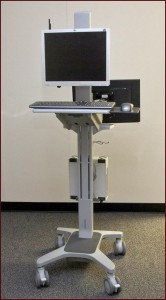
Stimulus Presentation with fNIR
The fNIR100 series of stand-alone functional brain imaging systems provide users with an in-lab assessment of cognitive function. They eliminates a great many of the drawbacks More...
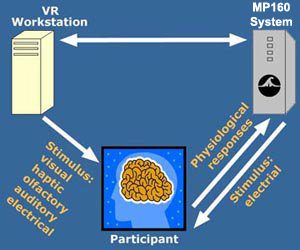
fNIR functional near infrared systems for optical brain imaging can interface with the BIOPAC virtual reality platform. BIOPAC VR provides controlled and replicable experimental setups More...
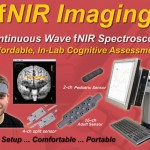
NIRS Near Infrared Spectroscopy (fNIRS)
The fNIR100 stand-alone functional brain imaging system for continuous NIR spectroscopy (NIRS) provides an in-lab cognitive function assessment. It eliminates a great many of the More...
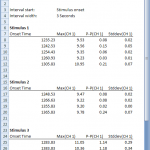
Event-Related Potentials (ERP) Analysis
Present a variety of visual and auditory stimuli on one computer while AcqKnowledge records the stimuli event markers and psychological responses on another computer. As the More...
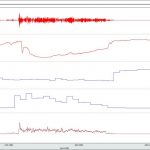
Record microvascular oxygenation during muscle activation Sample Data download → fNIR_EMG.zip (extract biceps_EMG_fnir_demo.acq) Using functional Near Infrared (fNIR) to study muscle function can provide greater understanding of the More...
Videos
fNIR Webinar | Combining Optical Brain Imaging and Physiological Signals to Study Cognitive Function
fNIRS for Education
fNIRS Lessons Overview
Support
Publication Spotlight
Temporal, spectral, and spatial analysis of fNIRS signals collected during cognitive and hypercapnic stimuli to characterize effects of functional versus systemic responses:
Reddy, P., Izzetoglu, M., Shewokis, P. A., Sangobowale, M., Diaz-Arrastia, R., & Izzetoglu, K. (2021). Evaluation of fNIRS signal components elicited by cognitive and hypercapnic stimuli. Scientific reports, 11(1), 23457. https://doi.org/10.1038/s41598-021-02076-7conducted a temporal, spectral, and spatial analysis of fNIRS signals collected during cognitive and hypercapnic stimuli to characterize effects of functional versus systemic responses.
Suggested fNIRS Readings
- Search hundreds of fNIRS citations fro more about imaging technology, experiment protocols, measurements, and analysis
- Zahid, Z., McMahon, L. & Lynch, M. (2020): Neural Activity Across the Dorsolateral Prefrontal Cortex and Risk for Suicidal Ideation and Self-Injury, Archives of Suicide Research, DOI: 10.1080/13811118.2020.1779154
- Ayaz, H., Onaral, B., Izzetoglu, K., Shewokis, P., McKendrick, R., and Parasuraman, R., (2013): Continuous monitoring of brain dynamics with functional near infrared spectroscopy as a tool for neuroergonomic research: empirical examples and a technological development http://journal.frontiersin.org/article/10.3389/fnhum.2013.00871/abstract
- Wearable functional near infrared spectroscopy (fNIRS) and transcranial direct current stimulation (tDCS): expanding vistas for neurocognitive augmentation http://journal.frontiersin.org/article/10.3389/fnsys.2015.00027/abstract
- A portable near infrared spectroscopy system for bedside monitoring of newborn brain https://www.biopac.com/wp-content/uploads/fNIR_Pediatric_Safety.pdf
- Front lobe role in simple arithmetic calculations: An fNIR study https://www.biopac.com/wp-content/uploads/Arithmetic-Calculations_fNIRS.pdf
- Tangram Solved? Prefrontal cortex activation analysis during geometric problem solving https://www.biopac.com/wp-content/uploads/Tangram_Geometry_fNIRS.pdf
- A Functional Near-Infrared Spectroscopy Study of Lexical Decision Task Supports the Dual Route Model and the Phonological Deficit Theory of Dyslexia https://www.biopac.com/wp-content/uploads/J-Learn-Disabil-fNIR_Dyslexia.pdf
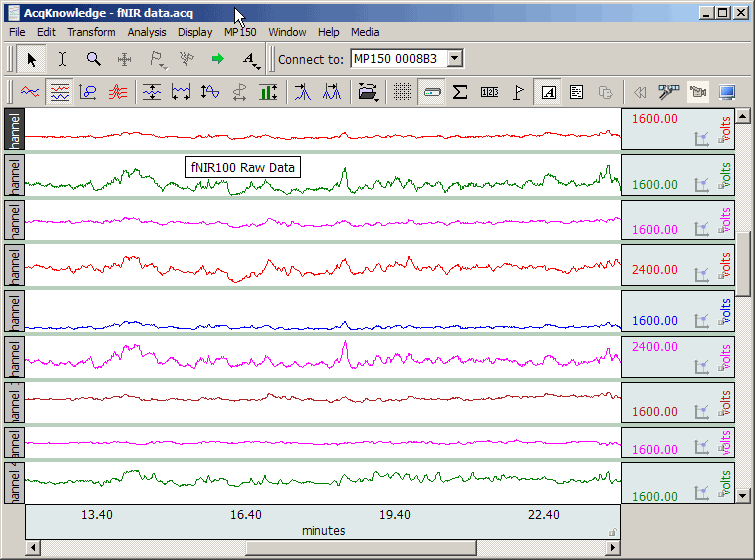
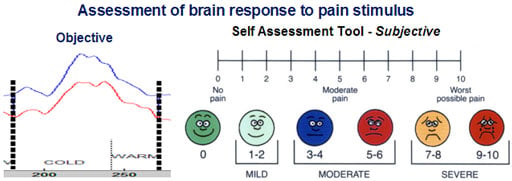
Stay Connected